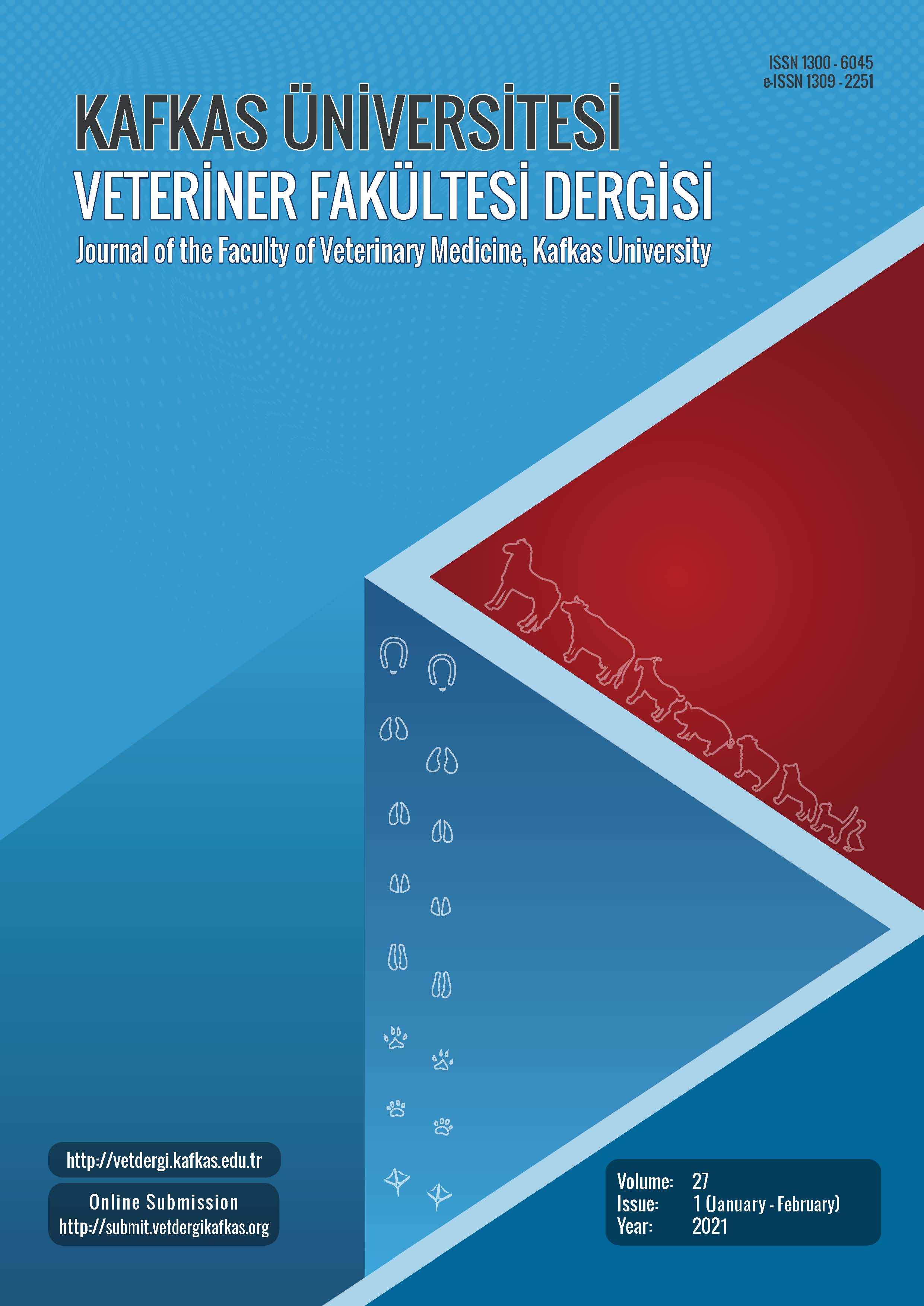
This journal is licensed under a Creative Commons Attribution-NonCommercial 4.0 International License
Kafkas Üniversitesi Veteriner Fakültesi Dergisi
2021 , Vol 27 , Issue 1
Inhibitory Eff ect and Mechanism of Oyster Enzymatic Hydrolysate on Lung Metastasis in the Subcutaneous Lewis Lung Cancer Model in Mice
1College of Physical Education, Yangzhou University, Yangzhou 225127, Jiangsu, CHINA2Beijing Engineering Research Center of Protein and Functional Peptides, China National Research Institute of Food and Fermentation Industries Co., Ltd., Beijing 100015, CHINA DOI : 10.9775/kvfd.2020.24776 In order to investigate the inhibitory eff ects of oyster enzymatic hydrolysate (OEH) on the metastasis of Lewis lung cancer and to evaluate its mechanism, daily gavage of low(LOEH), medium(MOEH) and high (HOEH) doses of OEH for 5 weeks was administered based on the subcutaneous Lewis lung cancer model in C57BL/6J male mice, the volume and weight of subcutaneous tumor were measured, the lung metastatic nodules were counted, the number of tumor-associated-macrophages (TAMs; CD11b+F4/80+), the expression of E-cadherin, Vimentin, microRNA-21 and microRNA-218 in subcutaneous tumor were measured. It was found that OEH treatment significantly decreased the subcutaneous tumor weight for the MOEH and HOEH groups (P=0.013, P=0.007) and significantly inhibited lung metastasis in a dose-dependent manner (χ2=13.16, P=0.004). The expression of E-cadherin showed a statistical increase at high dose, while the expression of Vimentin and the number of TAMs in subcutaneous tumor was significantly decreased at all OEH doses (P<0.05). The expression of microRNA-21 was significantly decreased in the group of MOEH (P=0.013) and HOEH (P=0.013), and the expression of microRNA-218 was significantly increased in all group with OEH treatment (P<0.05). In conclusion, OEH significantly reduced the growth of subcutaneous tumors and incidence of lung metastases in a dose-dependent manner. Its anti-tumorigenic activity might be explained by its ability to inhibit epithelial mesenchymal transition by reducing the number of TAMs, and down-regulate microRNA-218 as well as up-regulate microRNA-21 expression. Keywords : Oyster enzymatic hydrolysate (OEH), Lung metastasis of Lewis lung cancer, Vimentin, Tumor- associated-macrophages (TAMs), microRNA-21, microRNA-218










